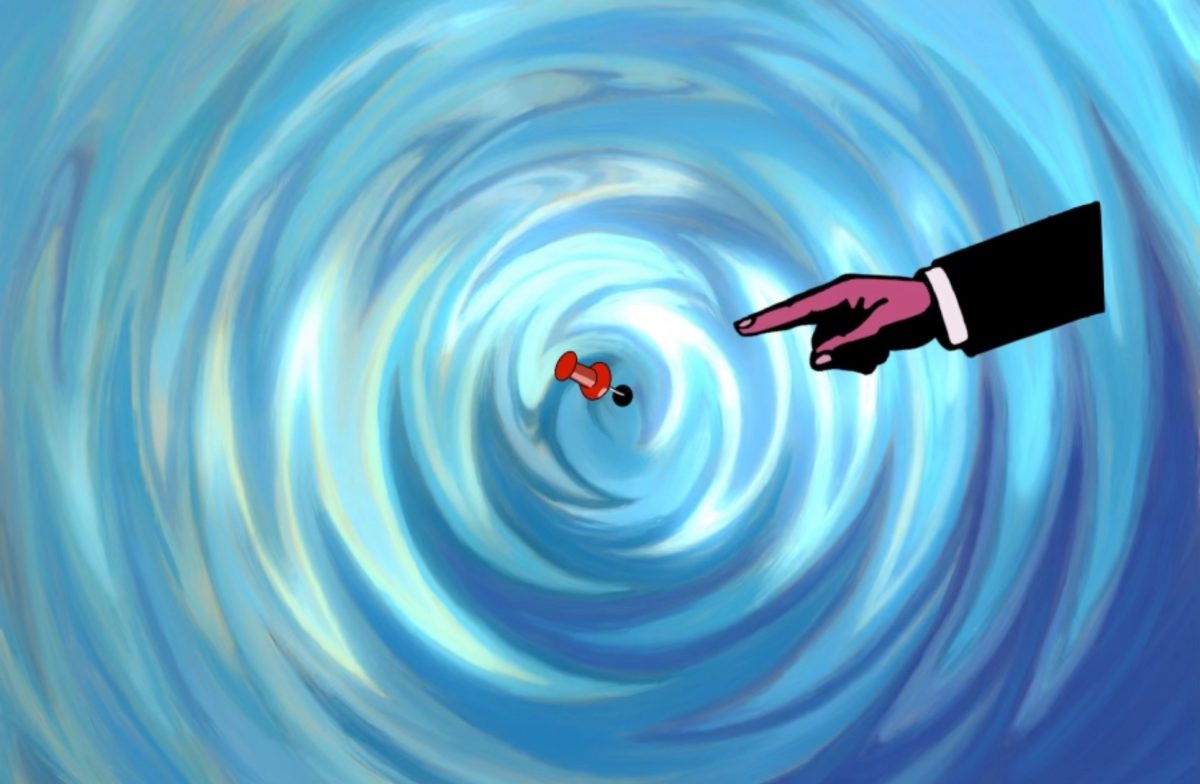My initial thoughts about writing this article were that NASA is a colossal waste of money that doesn’t really accomplish much anymore. But looking into the subject, I found that NASA doesn’t have Research and Development problem, but an image problem.NASA hasn’t come close to repeating the popularity it achieved with the Apollo program, which ended in 1975. More recently, no news has been good news for NASA. Some mishaps have been downright embarrassing — like when an unmanned spacecraft was lost somewhere around Mars in 1993, or when a miscalculation between the standard and metric system destroyed a $125 million Mars orbiter in 1999. Seriously, it seems like the best thing about NASA in the 1990s was Ron Howard’s “Apollo 13” — I’m not forgetting “Armageddon”; that movie sucked. Other NASA failures have been tragic, like the loss of the space shuttle Challenger in 1986 and Columbia in 2003, which cost the lives of 14 total astronauts.A lot of people argue NASA is a proverbial black hole of taxpayer dollars — but I don’t agree. The 2010 NASA budget is $18.9 billion, just one half of one percent of the federal budget. It peaked in 1966 at 5.5 percent. After all, we don’t realize how much of what we use today was a result of NASA innovation — scratch-resistant glasses, cordless power tools, water purifying filters and the CT scan. The photograph of the earth entirely illuminated by the sun, taken by the Apollo 17 crew in 1972, is one of the most widely distributed photographs in existence.In 2004, President Bush announced the Constellation program, which set the ambitious goal of getting Americans back to the moon by 2020. 2020?! We got there in a tin can with the computing power of a graphing calculator in 1969! The Obama administration has decided to cancel the Constellation program, which President Obama described as “over budget, behind schedule and lacking innovation.” If the White House sees NASA as something that can be underfunded to curb federal spending, there’s no arguing that those funds could be more effectively spent. Although Constellation is lackluster in its goals, scrapping it entirely not only admits failure, but throws away $9 billion and half a decade of research. Constellation did set some tangible goals, like completing the International Space Station, and returning to the moon by 2020. But then it set vague, uninspiring goals with no projected time frame like “extend human presence across the solar system” and “implement a sustained and affordable robotic program.” Where’s the “we will put a man on the moon by the end of this decade” rhetoric?The bottom line is: NASA needs to reshape its message. Average folk just don’t get excited about an unmanned spacecraft taking pictures of the moons around Jupiter. The last American astronaut to gain international fame was Lisa Novak, who drove from Texas to Florida in a diaper after trying to kidnap another astronaut’s husband in 2007. If NASA thinks that putting a man on Mars is in reach, then set a date for it. Give Americans something to believe in and be inspired by. NASA isn’t a relic from the past, but a force for the future, and it needs to amend its image, message and goals to reflect that.










![Can’t buy me [self] love](https://vtcynic.com/wp-content/uploads/2024/04/self-care-FINAL-1200x796.jpg)

